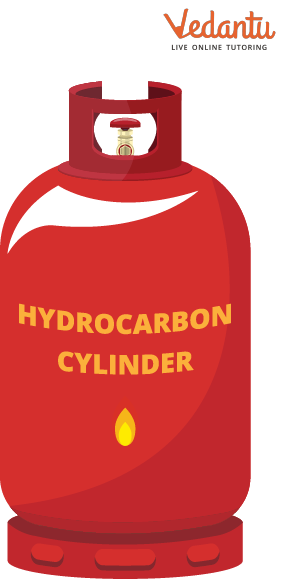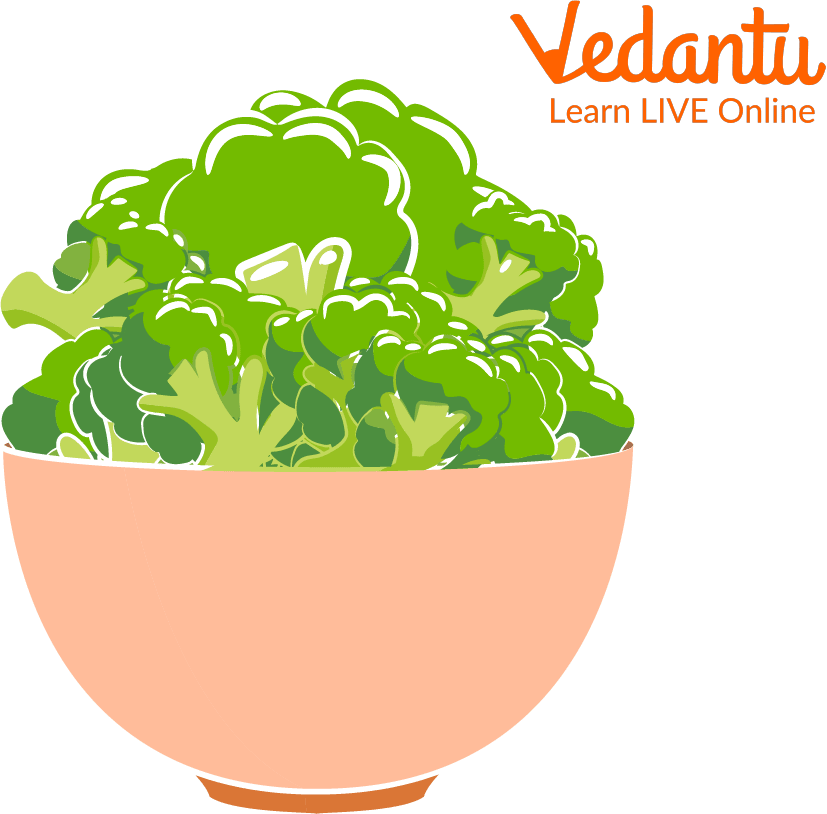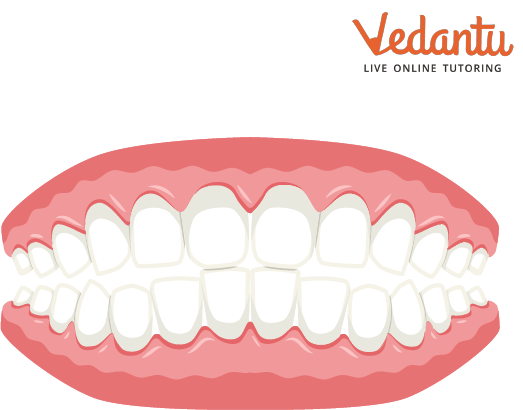




Introduction
Any of the organic chemical compounds of the hydrocarbon class only include the atoms carbon (C) and hydrogen (H). The hydrogen atoms link to the carbon atoms in various ways to create the compound's basic structure. The main components of petroleum and natural gas are hydrocarbons.

A Hydrocarbon Cylinder
What is a Hydrocarbon Gas?
Natural gas, commonly called hydrocarbon gas, is created in the Earth's crust by breaking organic materials. It is a mixture of several hydrocarbons that melt at various temperatures and condense into liquids.
Hydrocarbons can have various chemical and physical properties depending on the bonding structure of their carbon, hydrogen, and oxygen molecules.
Uses of Hydrocarbon Gas
There are various hydrocarbon gas examples and consists of its different uses:
Methane- is the simplest and most common hydrocarbon gas. It's utilised as a fuel for cooking and heating homes and businesses. Electric power generation and methanol manufacturing are its main industrial uses.
Ethane- Ethane is a two-carbon molecule that ranks second to methane as the primary ingredient of hydrocarbon gas. Ethane serves as the main fuel in the production of common petrochemicals after being separated from methane through a refrigeration process.
Butane- Four carbons make up the butane molecule. Its primary use is as a cooking gas on camping, mixed with propane in jars. Butane is used as a fuel in deodorants and cigarette lighters.
Pentane- This gas has five carbon atoms and is flammable at normal temperatures. Its primary industrial use includes using it as an organic solvent in chemistry labs and as a foaming agent when making plastic.
Hexane- Hexane is a six-carbon molecule mostly used to manufacture glue, fuel, and food processing. Although hexane has a slight numbing effect, it harms the nervous system of humans.
Uses of Hydrocarbons in Everyday Life
Medicines- Aspirin is one of the medicines for headaches that is made up of hydrocarbon. It helps in getting rid of fever, headache and nausea feeling.
Food- Some fruits and vegetables have a wax covering. This is because many food products are coated with paraffin wax, a soft, colourless substance formed of hydrocarbon molecules, to prevent poor consequences during preparation and shipping—for example, brocolli and cauliflower.
Lipstick- Not simply the food and beverage business uses paraffin wax. Additionally, various cosmetic goods, including lipsticks, are produced using it. Moreover, it's an essential factor in scented candles.
False Teeth- False teeth used to be constructed out of materials like wood, ivory, or even actual human teeth centuries ago. However, since then, science has made some progress. False teeth are now constructed of nylon, porcelain, metal, and hydrocarbon.
Solar Panels- Since they supply the energy required to create the components, fossil fuels are essential to producing solar panels. In addition, the panels themselves include hydrocarbons, with synthetic plastic components playing an essential role in solar cells.
Clothing- While some clothes are manufactured entirely of wool or cotton, most clothing sold worldwide has some polyester. Since this hydrocarbon-based fibre cannot be decomposed by nature, it is not as environmentally friendly as other organic options.

Some Broccoli Have Hydrocarbon Covering
Uses of Hydrocarbons in Medicine
In medicine, hydrocarbons create sedatives or sleeping pills like chloral hydrate, inhalers, and painkillers like drugs. Refrigerants include nitrogen and other hydrocarbons.
In medicine, hydrocarbons are used in oil supplementation, vaccines, injections, and tablets.

False Teeth Consisting of Hydrocarbon
Conclusion
In our everyday lives and modern lifestyles, hydrocarbons are used in many ways. It makes a substantial contribution to the medical industry. The majority of petroleum and natural gas is made up of hydrocarbons. They serve as lubricants, fuels, and raw materials for rubber, plastic, fibre, explosives, and industrial chemicals. Some hydrocarbons, however, are harmful to human health.
FAQs on Hydrocarbon Gas
1. Are hydrocarbons good or bad?
Compounds with hydrogen and carbon are known as hydrocarbons. They could be solid, liquid, gaseous, or made of polymers. These compounds carry serious health concerns.
2. What do hydrocarbons mean in terms of skincare?
Mineral hydrocarbons, also known as mineral oils or waxes, are mostly utilised as food products, in goods that come in touch with food, as well as components of cosmetic lip care items, including lipsticks, lip gloss, and lip balm.
3. What are the 5 derivatives of hydrocarbons?
The functional group of hydrocarbon derivatives is a standard criterion for classification. Alcohols, alkanes, acetone, and organic acids are a few examples of these different hydrocarbon derivatives.









